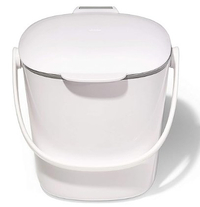5 houseplant hacks that are totally free and actually work, according to experts
Houseplant tips that don't cost a penny
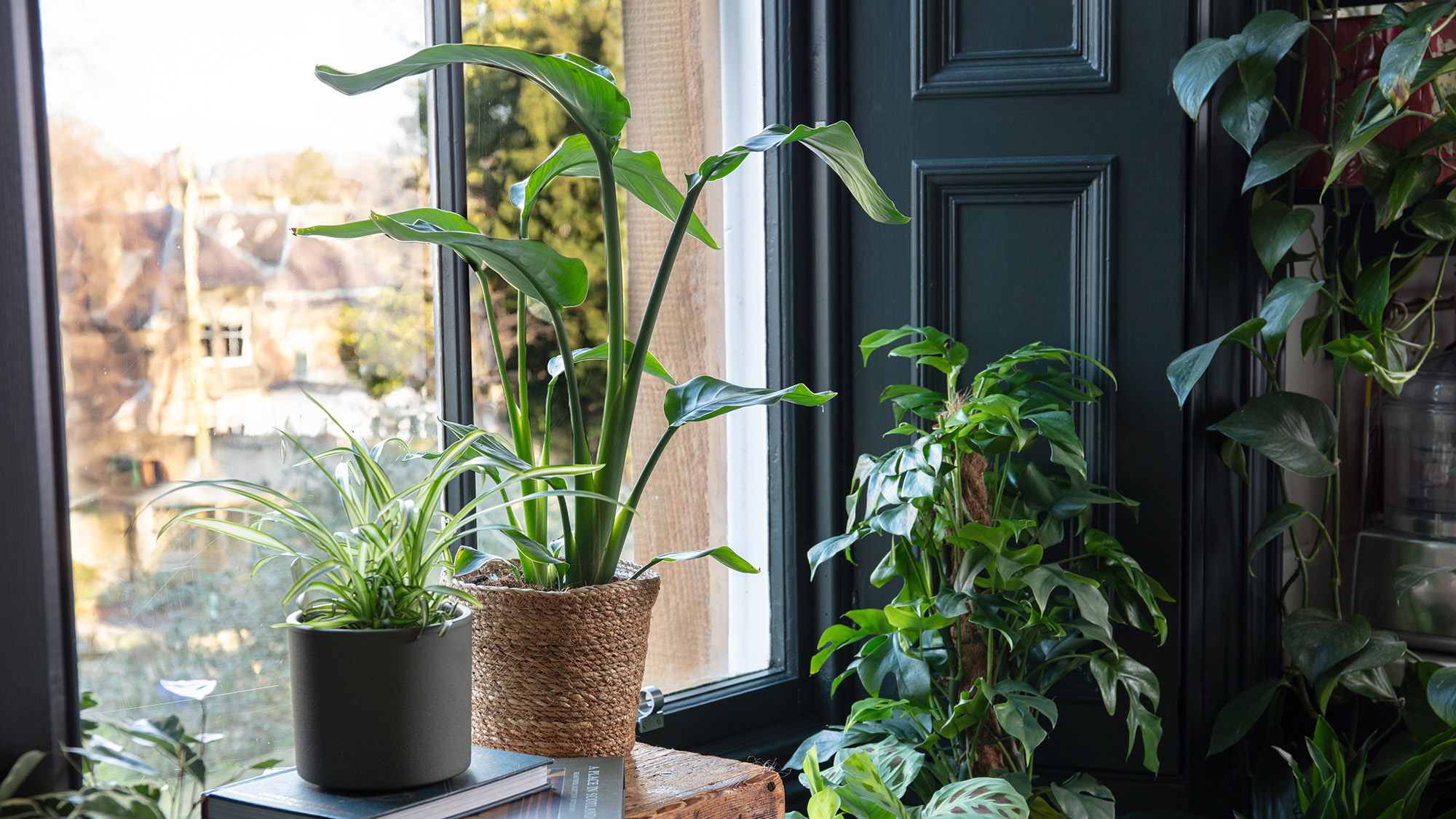
During the winter months when our backyards are looking at their bleakest, it's easy to forget how invigorating a splash of natural color can be. Blooms have fallen and we’re left with a few evergreen shrubs to lift our spirits. It’s at this time that houseplants show their true worth.
While we are not spending as much time tending to our outside spaces, it allows us to concentrate on our houseplants, ensuring they are cared for to help them thrive. However, after the holiday season, it’s also a time when many are looking to make savings where we can.
With top tips from houseplant experts, we’ve gathered 5 hacks to help you care for your plants without spending out, so you can continue to enjoy healthy houseplants for less.
1. Make your own fertilizer
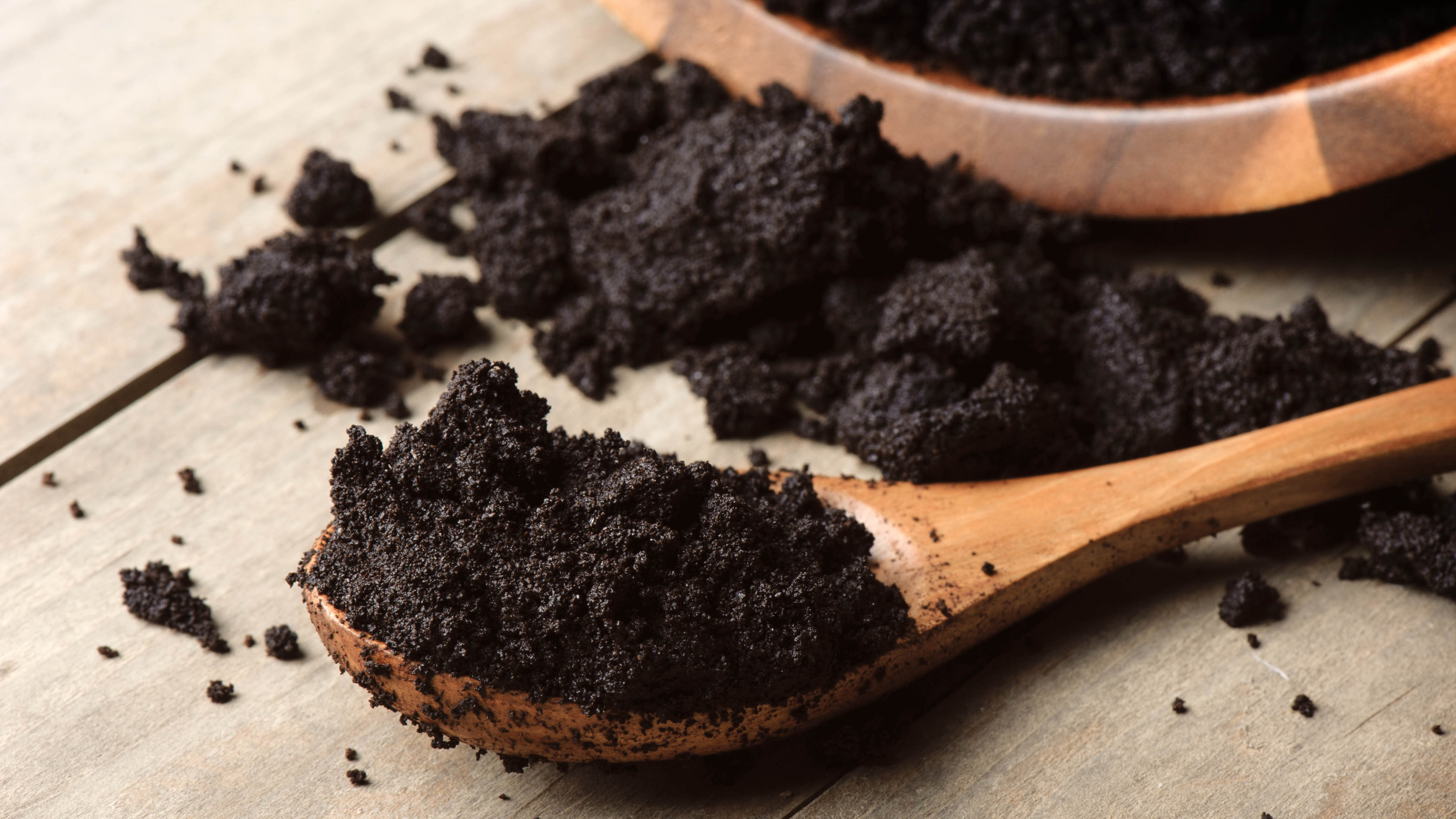
Although I always separate my food waste from other rubbish, you can divide your waste further to save items to make into a houseplant fertilizer. Jo Lambell, founder of Beards & Daisies suggests using banana peels, eggshells and coffee grounds, and says, “They’re natural and packed with nutrients that your plants will love.”
Bananas
Cheyan DuVal, plant expert at Palmstreet explains that bananas can be soaked in water to create a potassium-rich solution. The solution can then be used to water your plants.
Coffee
While coffee helps to perk you up, the leftover coffee grinds are a rich source of nitrogen, which helps plants grow. They can be added to compost, used as a liquid fertilizer or sprinkled around the base of the plant. But beware of using fresh grounds, as they have a higher acidic content that might unbalance your plants, while used grounds have a neutral pH.
Eggshells
Finely crushed eggshells are an excellent houseplant fertilizer that provides plants with calcium — a mineral that assists plants’ growth and development. Calcium helps to prevent weak stems, curling leaves, and slow growth, among other issues.
Sign up to get the BEST of Tom's Guide direct to your inbox.
Get instant access to breaking news, the hottest reviews, great deals and helpful tips.
2. Prepare your own pest spray
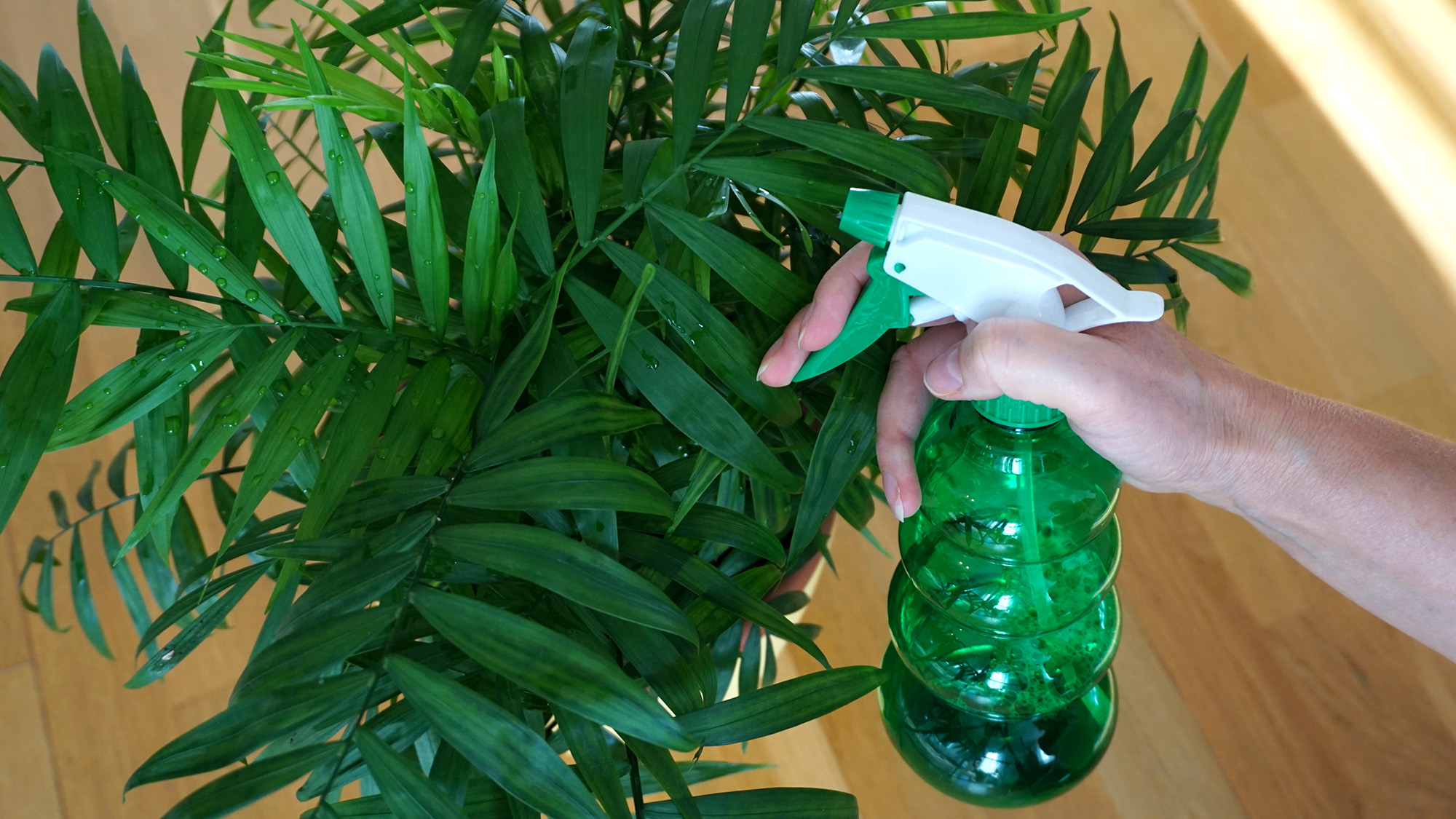
I prefer to garden organically when I can, and the same is true when tending to my houseplants. It’s a much safer and more sustainable way to care for our environment, while keeping chemicals out of our homes.
So, instead of purchasing a pest spray, Lambell suggests making your own with a few household ingredients. You’ll also be able to make up as much as you need without cluttering your cupboards with endless bottles.
Lambell says, “Mix water with a few drops of dish soap and a pinch of baking soda for an affordable, effective pest deterrent.”
You can pour it into a spray bottle and use it when needed. I favor using sustainable containers, such as Native Green’s set of three Recycled Plastic Spray Bottles, $16.99 at Amazon with waterproof labels, so you can be sure of what’s inside. Alternatively, you can rinse out an old spray bottle and reuse it, just be sure to relabel the bottle.
Although it's easy to make your own pest spray with a few household ingredients, you can buy the product off-the-shelf if you'd prefer. Lambell suggests Neem oil, apart from being an organic product, she says it’s cost-effective and long-lasting, so your money will go further. Home Depot stocks Captain Jack’s Neem Oil in a 32oz ready-to-use-spray, for $11.97.
3. Use banana peels for shine
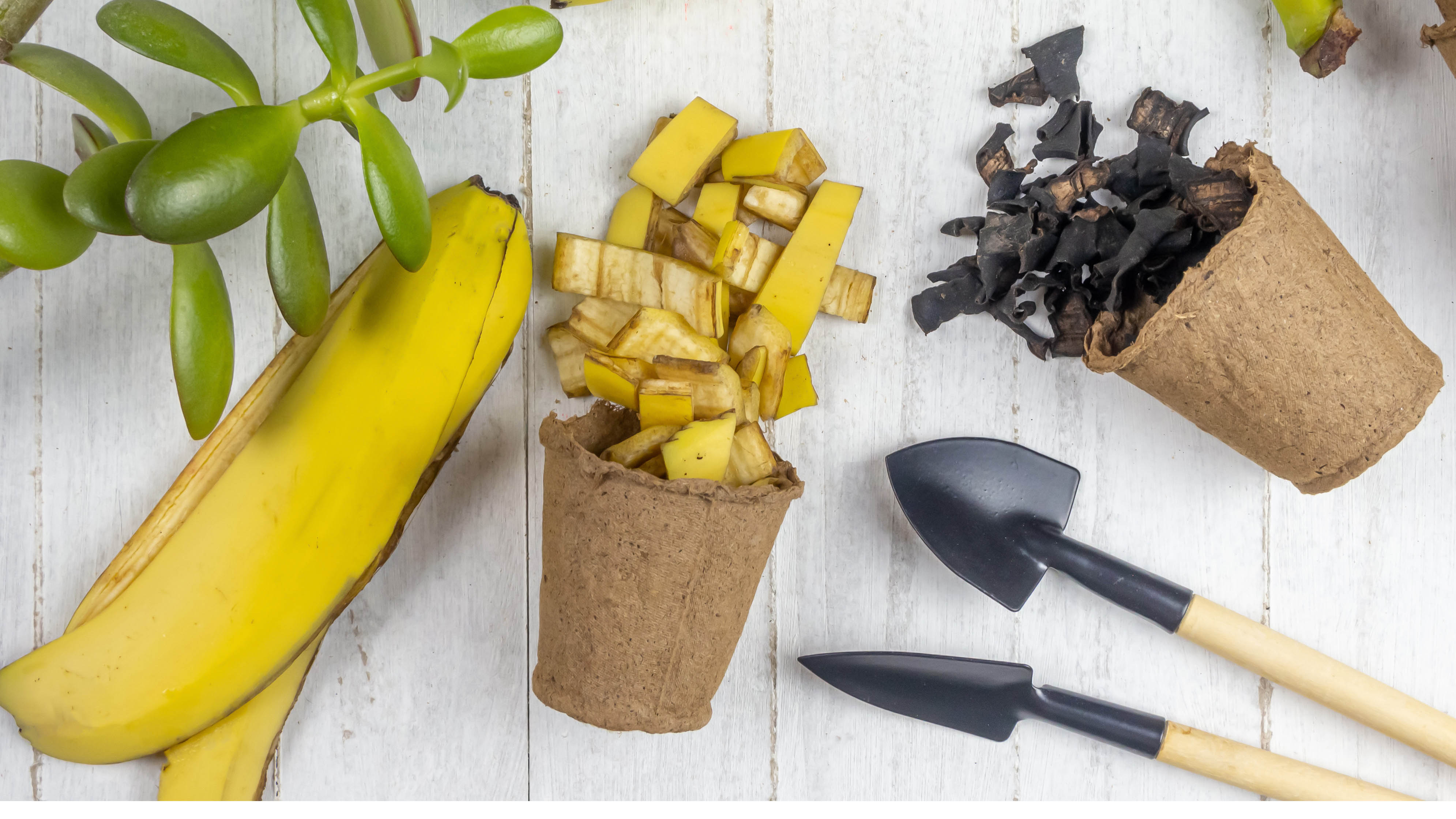
From smoothies to afternoon snacks, my family eats its way through this tasty fruit faster than anything else. And although I have to restock throughout the week, my houseplants aren’t complaining.
According to Lambell, banana skins will spruce up your houseplants. “Rub the inside of a banana peel on houseplant leaves to clean and shine them naturally,” she says, “The oils in the peel help remove dust from plant leaves, leaving a healthy shine.”
Plus, once you’ve given your houseplants a sparkle, she recommends adding the banana peels to your compost, as the nutrient will help support plant growth.
This 0.75 gallon white compost bin from OXO is ideal for countertop use. The lid flips up for easy filling and locks in place to secure odors. It also has smooth interior walls to prevent food and liquids from building up and a contoured bottom for easy emptying and cleaning.
4. Use natural light wisely
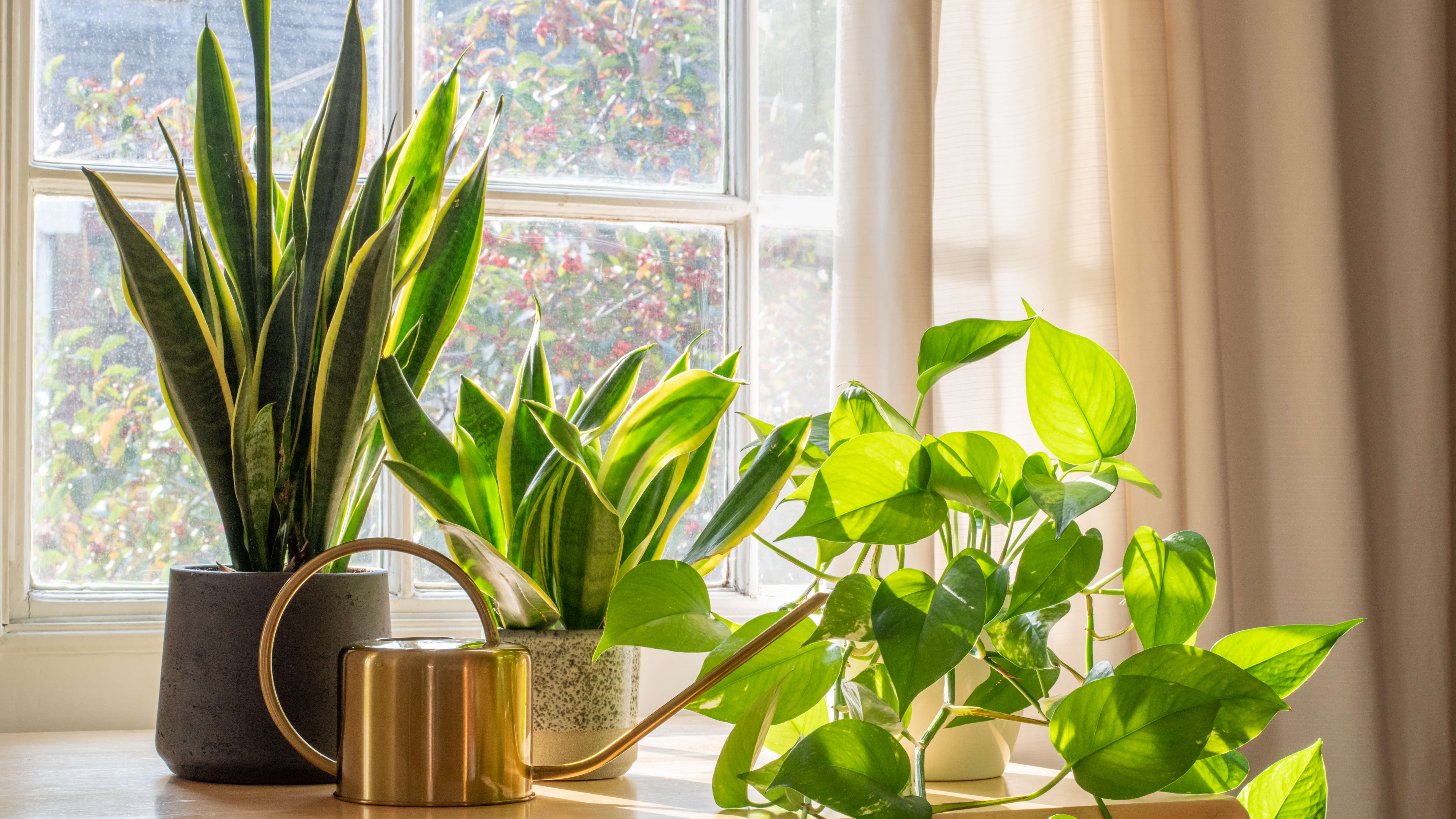
We all enjoy a bit of sunshine to brighten up our mood, and this is no different for houseplants. DuVal says to make the most of when it’s sunny, “Place plants near windows with adequate sunlight to get the most out of the natural light.”
Lambell adds, “Instead of investing in growing lights, move your plants to sunny spots and rotate them regularly for even growth.”
But, if lack of sunlight is a problem in your home, it’s worth considering low-light-loving houseplants that will survive without direct sun. It’s one solution that will save you investing in energy-efficient grow lights to help your houseplants survive all year round.
5. Get creative with pots

Apart from finding free ways to care for your houseplants, I think it’s important that they are displayed well, too — the container you choose can make a big difference to a plant’s overall look.
However, one thing I find with houseplants is that when they are healthy, they grow! It’s one sure sign that I’m doing something right. But it does leave me with the task of finding larger pots for my ever-expanding collection.
I also grow houseplants from cuttings, with my favorite being the Chinese Money Plant. So, I’m always looking for an assortment of different-sized pots to contain established plants and small cuttings that are free or budget-friendly.
Instead of popping to your local nursery or homeware store for their collection of the latest plant pots, DuVal suggests searching around your home for what you’ve already got. “Repurposing household items like jars, tins, or egg cartons as plant containers is a great option for any sustainable garden,” she says.
An old tea pot, candle holder, or aluminum can, can all be used to show off your plants. Why not plant herbs in aluminum food cans, with a label placed around the top, or use an old wicker storage basket, for a larger plant? If using a basket, just ensure it’s housed in a basic plastic pot first, and line it with plastic to avoid water overspills causing a mess.
By using these clever expert hacks, you’ll have healthy-looking houseplants that look smart, too, without forking out on unnecessary plant care products.
More from Tom's Guide

Camilla Sharman has worked in publishing and marketing for over 30 years and has covered a wide range of sectors within the business and consumer industries both as a feature, content, and freelance writer.
As a business journalist, Camilla has researched articles for many different sectors from the jewellery industry to finance and tech, charities, and the arts. Whatever she’s covered, she enjoys delving deep and learning the ins and out of different topics, then conveying her research within engaging content that informs the reader. In her spare time, when she’s not in her kitchen experimenting with a new recipe, you’ll find her keeping fit at the gym. In the pool, stretching at a yoga class, or on a spin bike, exercise is her escape time. She also loves the great outdoors and if she’s not pottering about in her garden, she’ll be jumping on her bike for a gentle cycle ride.
